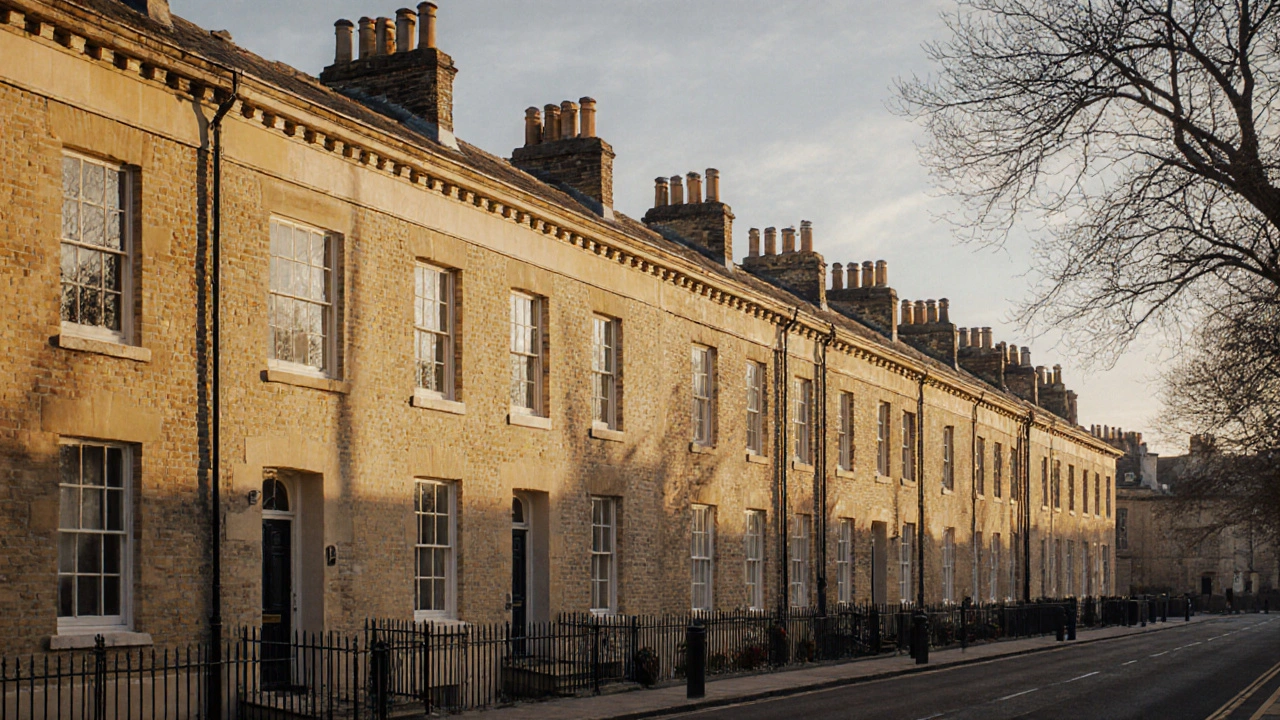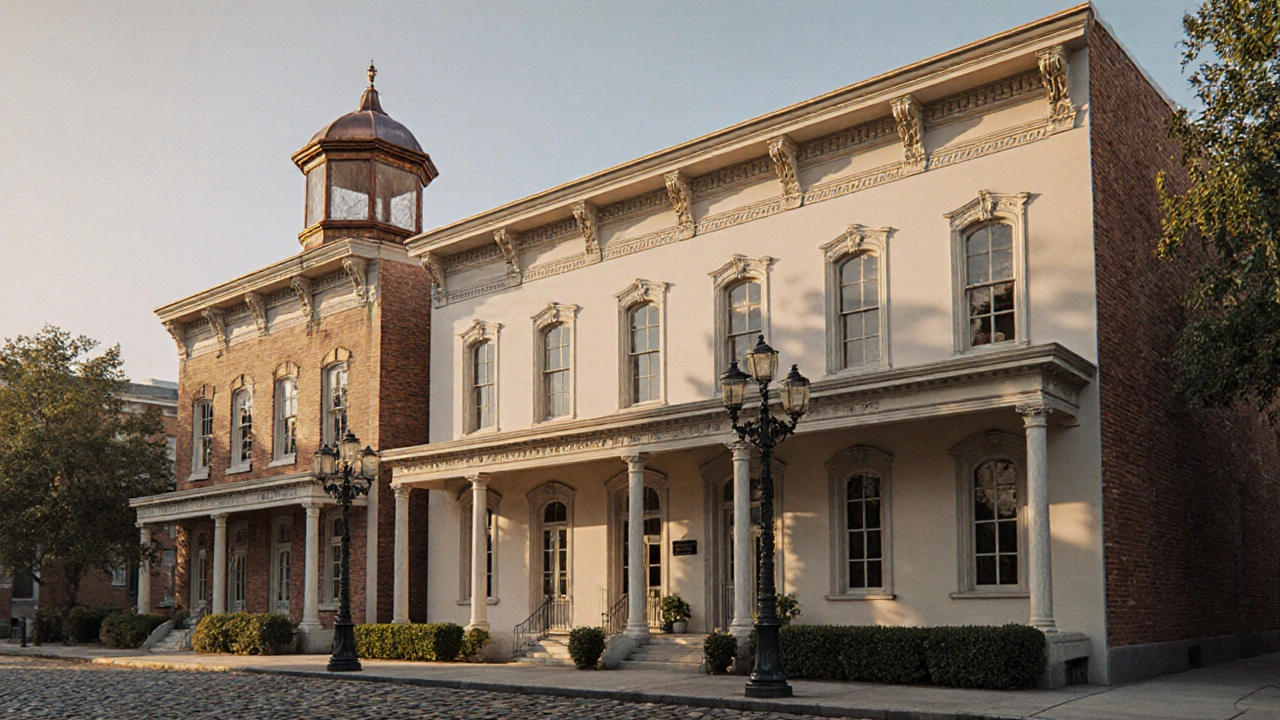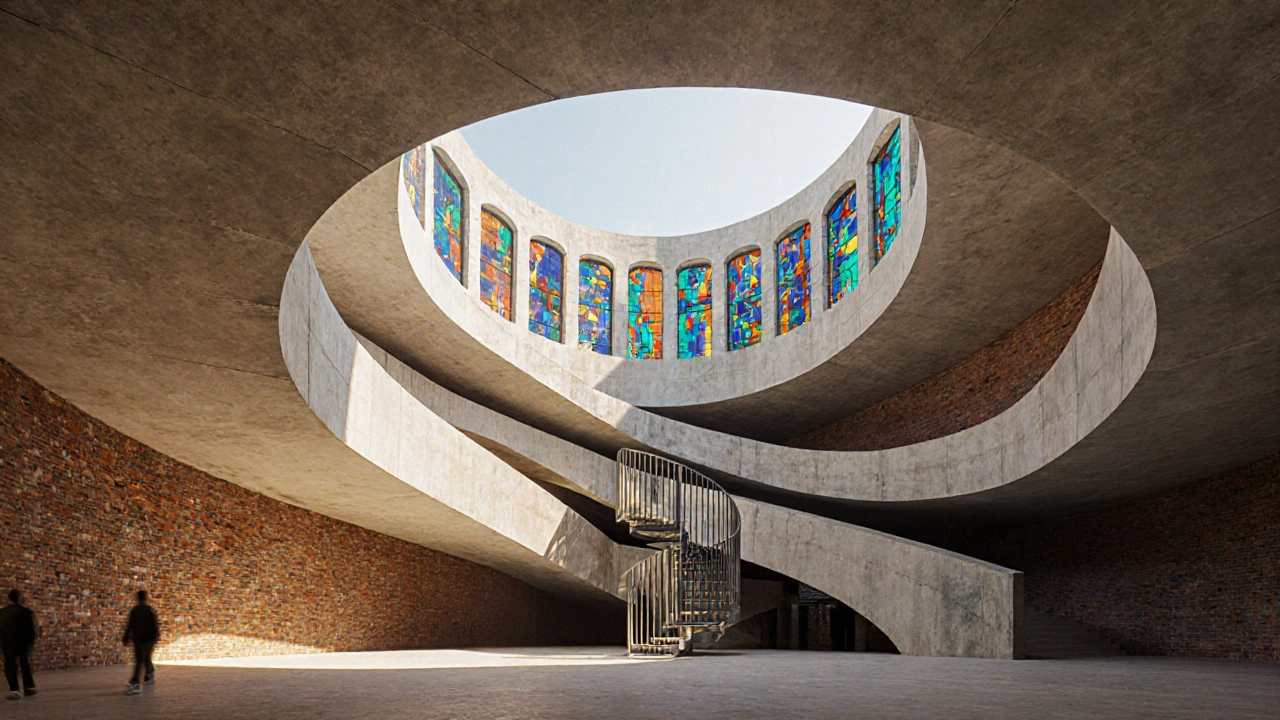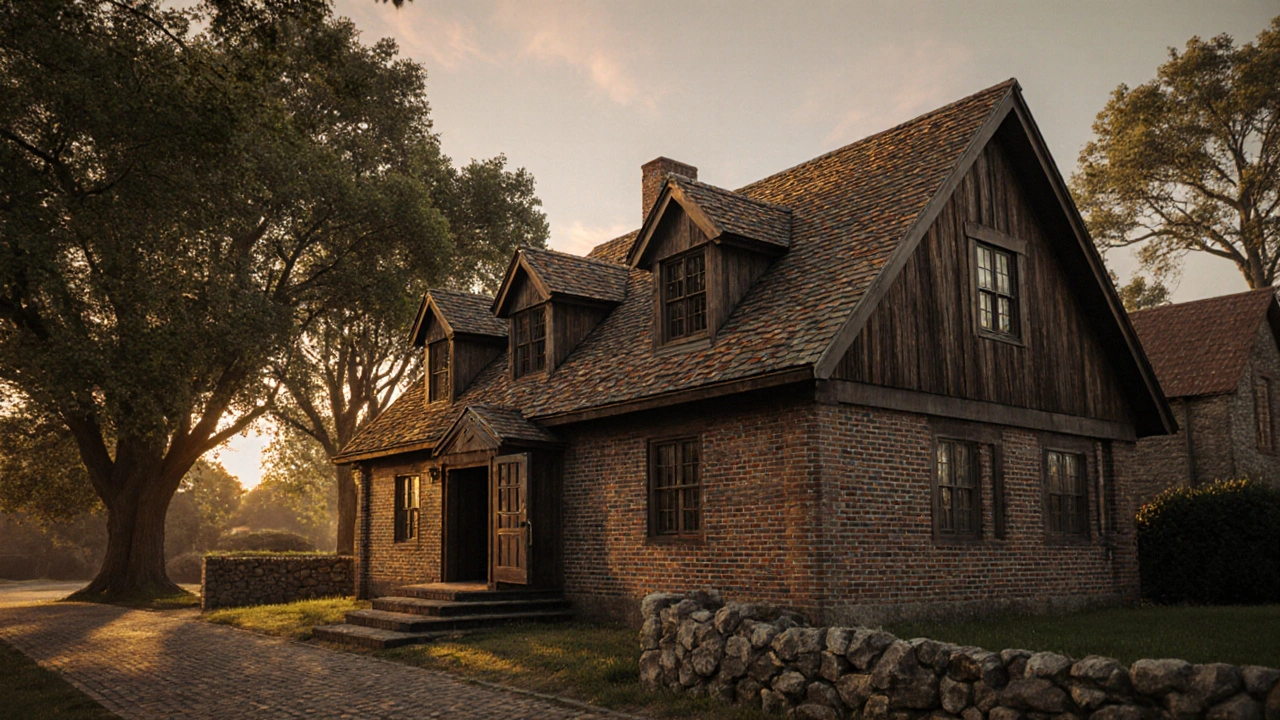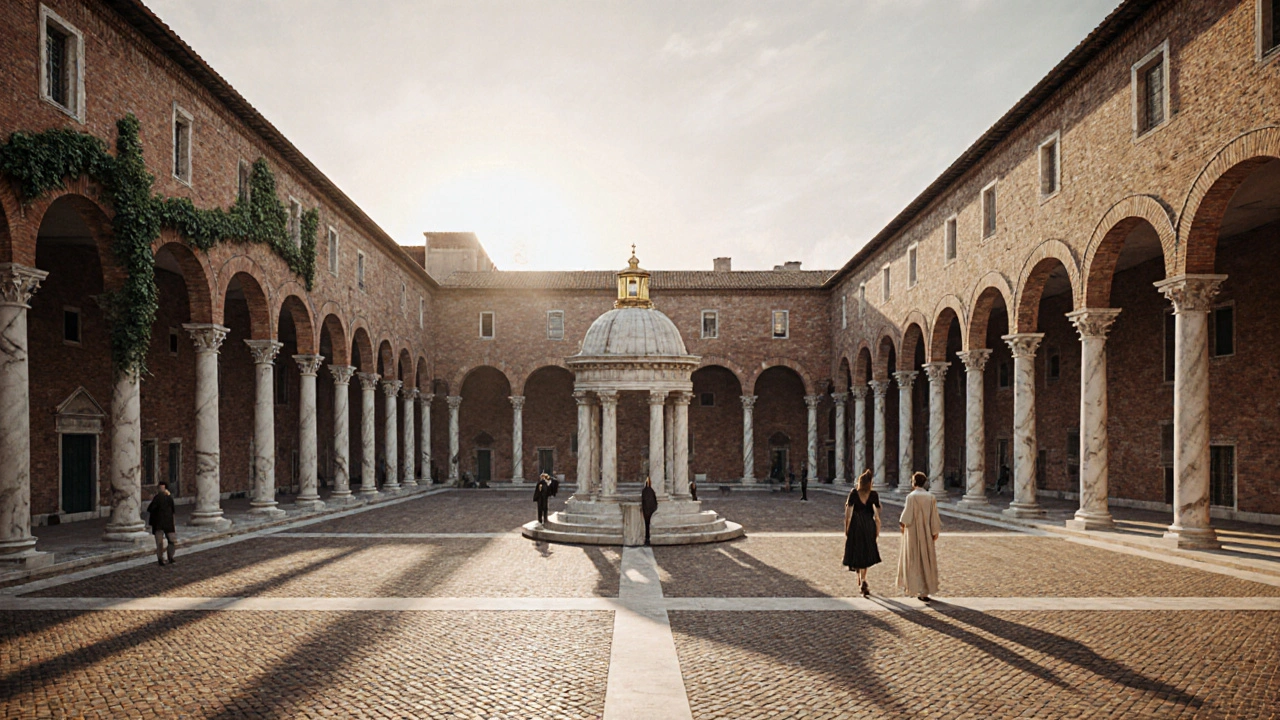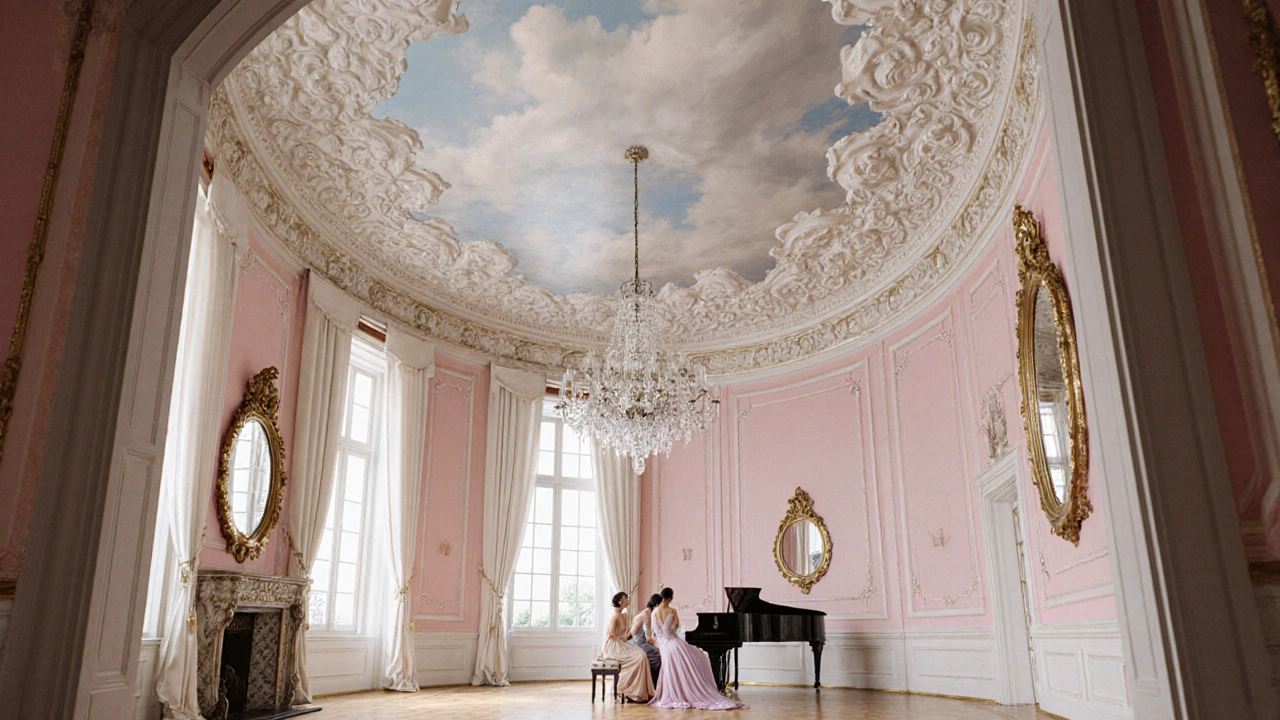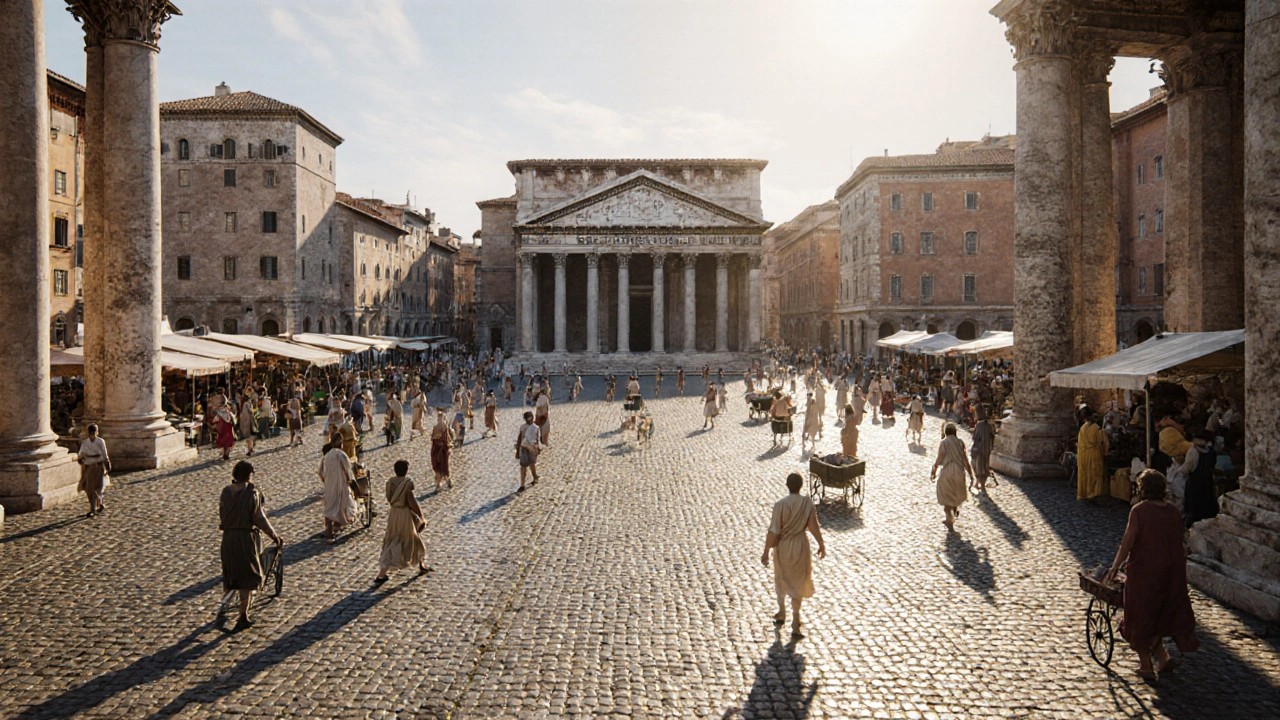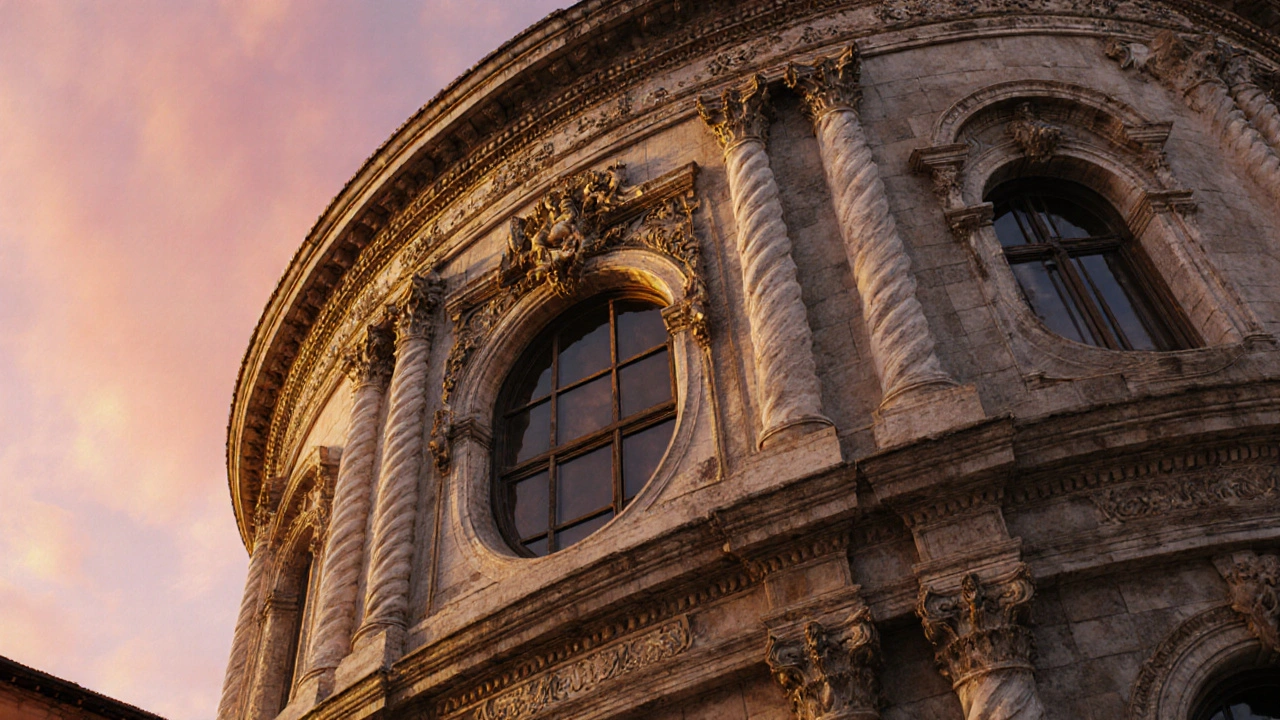Georgian architecture blends classical symmetry, refined materials, and balanced proportions to create timeless homes that still inspire modern design. Learn its defining features, global influence, and how to recognize authentic examples.
Architectural Styles of 2025: Georgian, Baroque, Rococo, and More
When you think of architectural styles, distinct design traditions that define how buildings look and feel across time and culture. Also known as architectural movements, they’re not just old decorations—they’re living systems that still guide how we build homes, offices, and public spaces today. In October 2025, we dug into the most enduring ones: the calm order of Georgian architecture, a refined 18th-century style built on symmetry, proportion, and classical details, the wild drama of Baroque architecture, a bold, emotional style using curves, light, and ornament to overwhelm the senses, and the playful elegance of Rococo style, a lighter, more decorative offshoot of Baroque that turned interiors into art galleries. These aren’t museum pieces. They’re blueprints still used in renovations, new builds, and even modern interiors that crave depth and character.
What ties them together? They all answer the same human need: to make buildings mean something. Georgian homes whisper stability and balance. Baroque churches shout power and awe. Rococo rooms invite you to linger, to admire the details. And behind each of these styles? Ancient roots. Roman grids shaped how cities grew. Renaissance thinkers brought back math and harmony to design. Even Dutch Colonial Revival homes—those charming gambrel-roofed houses—trace back to practical Dutch settlers who needed efficient, weather-resistant shapes. These styles didn’t appear out of nowhere. They evolved from materials, climate, politics, and art. And today, they’re being revived not as copies, but as inspiration. People don’t want cookie-cutter homes anymore. They want stories in their walls. That’s why you’ll find Georgian symmetry in a new suburban house, or Baroque curves in a luxury hotel lobby. It’s not nostalgia. It’s smart design.
What you’ll find in this collection isn’t just history lessons. It’s a toolkit. We break down how to spot real Georgian features, why Baroque still works in modern spaces, how Rococo’s love of detail can be scaled down for today’s interiors, and how Renaissance principles quietly shape your city’s skyline. You’ll see how ancient Roman roads still influence traffic flow, how Italianate homes blend old-world charm with modern comfort, and why Expressionist buildings make you feel something before you even step inside. These aren’t abstract ideas. They’re patterns you can use—whether you’re restoring a 19th-century cottage or designing a new apartment. This is architecture that still talks. And in October 2025, we listened closely.
Explore Italianate architecture's history, key features, famous examples, and modern design tips. Learn how this Victorian style blends form and function for timeless homes.
Explore how expressionist architecture uses bold forms, materials, and light to create emotional connections, with history, key architects, and practical design tips.
Explore the enduring charm of Dutch Colonial Revival architecture, its signature gambrel roof, historic roots, and how to preserve or adapt these timeless homes today.
Explore how Renaissance architecture's symmetry, proportion, and classical orders still shape modern urban structures, with real examples, design tips, and a handy FAQ.
Explore the rise of Rococo, its playful aesthetics, key artists, architectural highlights, and lasting influence on modern design in this in‑depth guide.
Explore the rise and fall of Rococo, the playful French art style of the 18th century, its key artists, signature elements, and lasting impact on design.
Explore how ancient Roman architecture's grids, forums, aqueducts, and roads still guide modern urban planning, with practical lessons and real‑world examples.
Explore Baroque architecture's drama, history, key features, and famous examples worldwide. Learn how to spot the style and understand its lasting influence.

